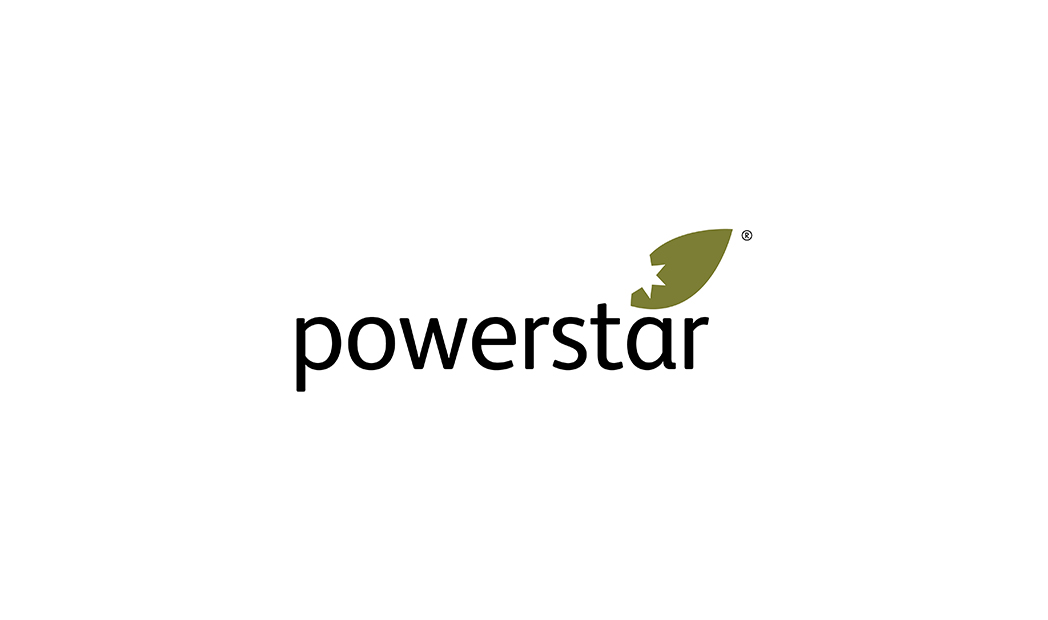Wernick’s ambition is to be market leader in sustainable manufacturing and have adopted an energy reduction hierarchy across their estate and operations. They see Voltage Optimisation (VO) as one of the first things that should be considered to eliminate any wasted energy.
“Like other manufacturers, we have faced increasing price pressures from themarket, so we have been looking at cross-cutting opportunities to reduce both operational costs as well as carbon emissions. VO was very appealing.”
-Alexis Massey, Group Sustainability Manager
The Powerstar-Wernick Group introduction was facilitated by Richard Hipkiss, Director of Operations at Elemental Consulting Group. With the recent price volatility in the energy market, Wernick had anticipated their energy spend to double over the next 3 years and had a clear focus on improving their energy efficiency. The Group were seeking a solution to both eliminate energy wastage and decarbonise their manufacturing process towards meeting a net zero ambition. Key deliverables for the project were to reduce energy spend and lower carbon emissions, without impact to operational efficiency.
“We have set ourselves an ambitious net zero target date of 2040 which
includes the Group reducing our scope 1 and 2 emissions by 45% by 2030. This
technology is key in enabling us to meet this ambition as we aim to decouple
our carbon emissions from economic growth. We want to be credible and
transparent in our journey to net zero and investment in VO demonstrates our
commitment.”
-Alexis Massey, Group Sustainability Manager
SOLUTION
As a data driven company, Wernick selected their manufacturing facility in Kenfig, Port Talbot, as a pilot site to prove the concept, before rolling out VO on a wider scale.
“The benefit of a pilot project is that all the end users, key staff and suppliers involved understand the overall process for install, whilst proving that the technology works with real savings.”
-Alexis Massey, Group Sustainability Manager.
A review of Half Hourly Data (HHD) of Kenfig’s energy consumption, energy bills and a detailed feasibility study was carried out. Given the scale of the site, two Powerstar VO units were proposed to support the machine shop and factory areas. Units were sized to future proof the system, with +25% headroom.
HOW DOES VOLTAGE OPTIMISATION HELP?
In the UK, electrical equipment is generally designed to work at 220V, but typically supplied at around 245V, so the lowest power delivered is still acceptable. Whilst this is a safe approach, it wastes electricity as you receive more energy than needed, it can potentially damage equipment and reduces lifetime value of your equipment.
Voltage optimisation reduces the incoming voltage, saving energy, protecting equipment, and lowering carbon output.
The Powerstar product range provides the most efficient voltage optimisation on the market. Dynamic voltage optimisation ensures equipment is always receiving a stable 220V, delivering resilience against voltage variances such as surges and spikes. All units have remote monitoring as standard, to ensure optimum unit performance 24/7.
RESULTS
The initial results from the two VO units have shown a reduction in energy consumption of 9.2%, which equates to saving 19 tonnes CO2 per annum. This has exceeded original forecasts and is now providing an ongoing saving to the business both in terms of cost and carbon. Performance of the VO units is to be monitored, with an intention to adopt the technology at the two other manufacturing sites and larger depots across their estate. Ongoing cost savings are projected to be nearly £18k each year at the Kenfig facility. These savings will then be reinvested into other low carbon opportunities that have been identified within the factory.
“This is a key step in eliminating energy wastage whilst decarbonising our manufacturing process en-route to meeting our net zero ambition.”
-Alexis Massey, Group Sustainability Manager
LESSONS LEARNED – Advice to others looking at Voltage Optimisation
Start with your data and focus on where you will get your biggest returns. In particular, consider high energy consuming sites and those where you will have a long tenure. Wernick set out to deliver a 3-year payback on the initial outlay and then a guaranteed further saving over the life of the asset. If you have other low carbon projects that are being delivered and generate savings, factor these in as
this will affect your overall saving.
Most importantly, Wernick suggested developing a low carbon plan Net Zero 2040.
INTERNAL ENGAGEMENT
Relationships are key, harness and develop these with your sites, key staff and suppliers. This is essential in delivering a successful project. Kenfig’s Manufacturing Director, Carl Curtis, was integral to this.
Staff at the factory are really engaged on the subject of energy efficiency and seeing actual improvements around the site drives on further performance improvements. The whole team are committed towards achieving net zero.
Wernick Group have a prioritised list of projects where they are looking to invest in R&D, behavioural change and technologies that will reduce their footprint. The project team engaged with business users who would benefit from this and with support from Powerstar, produced a business case that evidenced the business benefits of the technology, with examples of where VO technology had been successfully adopted at other manufacturing sites across multiple sectors. Specific concerns were addressed, specifically from a business continuity perspective, as keeping the factory operating was fundamental. Once support from senior management was achieved, the longer-term strategy for a roll-out across operations and implications for the Group was easy.

